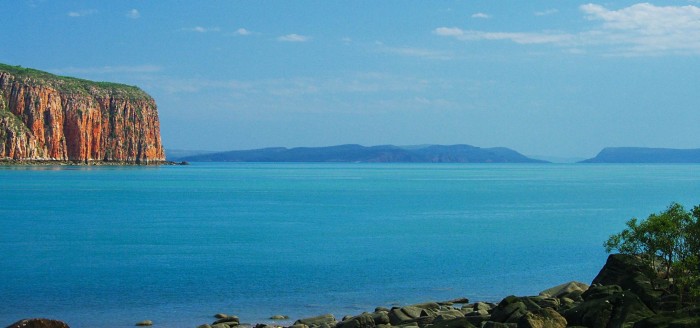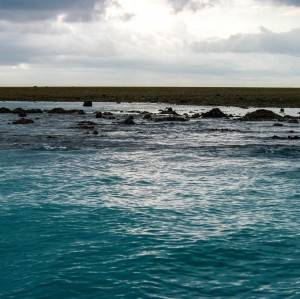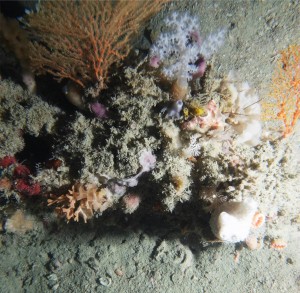Turbid waters and exposed reefs: unlocking the secrets of the Kimberley coast
In a remote marine environment, dominated by gushing tides and swirling waters, diverse and unique marine communities have remained hidden until now…
A biodiversity hotspot
The Kimberley marine environment is often described as among the world's most pristine and ecologically diverse. Characterised by rugged escarpments, coastal islands and aqua waters and this remote region is known for its exceptional natural and cultural values. It is also one of the last remaining refuges for many vulnerable and endangered marine species including humpback whales, turtles, dugongs, sea snakes and sharks. Limited access along its long and winding coastline has spared the region from much of the effects of coastal and industrial development seen elsewhere in Australia. However, the more recent expansion in natural resource extraction (e.g. mining, petroleum, commercial and recreational fishing) has increased pressures on this remote and poorly understood region.
A coast under pressure
With increasing pressures potentially threatening this iconic region, the Western Australian Government committed “to ensure the region's natural and cultural values are protected as the region fulfils its economic potential”. However, with a coastline over 12,000 km in length, the coastal waters of the Kimberley are extensive and remote with limited access. As a result, scientific knowledge about most of the area is inadequate. To address this, the Western Australian Government partnered with the Western Australian Marine Research Institute (WAMSI) to undertake extensive marine research to support management of the region. The Kimberley Marine Research Program now involves over 250 researchers from 15 partner organisations working on 85 research projects and is supported by the Traditional Owners of the Kimberley.
Discovering what lies beneath
The Kimberley marine environment is unusual in that it is largely driven by tides as opposed to wave action. Some of the worlds largest tides exist within the region with tidal changes of up to 11 metres. This means that many fringing marine habitats, including coral reefs, sit up out of the water at low tide while being completely submerged at high tide. This exposes them to extreme changes in temperature, turbidity and light. How these marine communities respond to such extremes in environmental pressure is of great interest to researchers. Particularly in the context of global climate change, as these reefs are likely to provide insights into which species are more resilient to global warming and increasing climate variability. This understanding is critical with scientists predicting that the world's third ever global coral bleaching event will occur early next year. Any understanding of coral reef resilience to warming events will help protect our reefs into the future.
Supporting conservation
The goal of the Kimberley Marine Research Program is to deliver baseline information for future marine park management and coastal planning. With increasing industrial development across the Kimberley, Governments and managers must make rapid decisions relating to marine and coastal planning. These decisions must be based on solid scientific research. With research dedicated to understanding the distribution of key habitats, ecological processes and climate change, decisions will be based on a comprehensive understanding of the Kimberly marine environment. In addition, to facilitate uptake and understanding of the research, data will be collated and uploaded onto the North West Atlas and made freely available for managers and the community to interrogate and explore. This will ensure research results are available and collated in one location and used to deliver better decision support for real, on-ground management and stakeholder actions.











